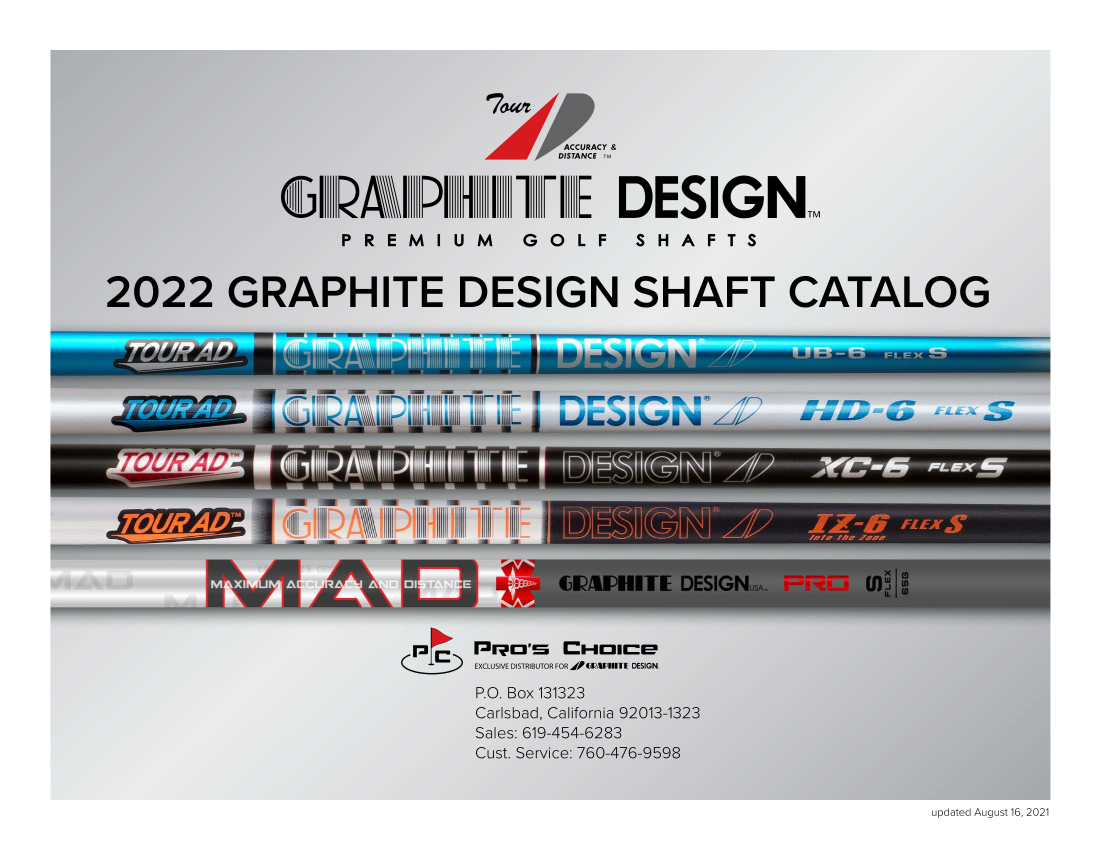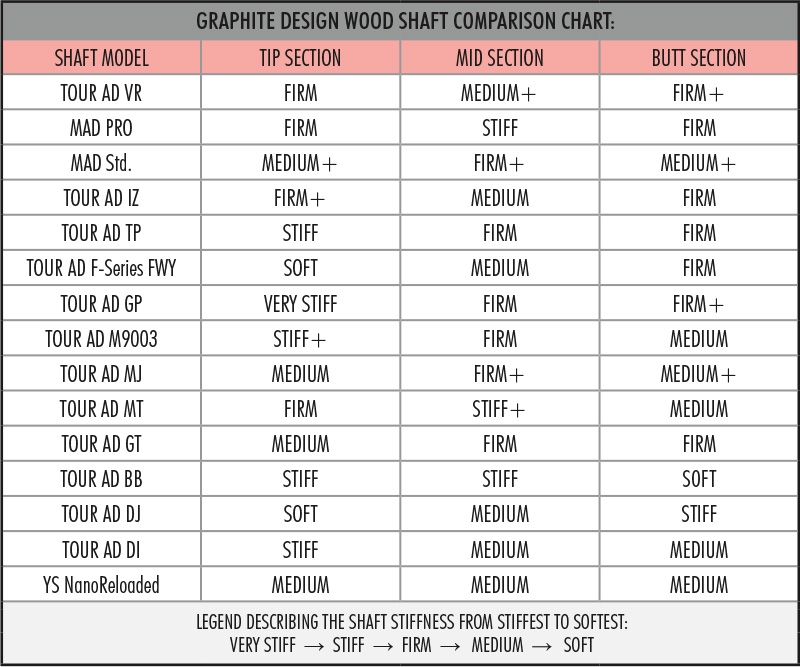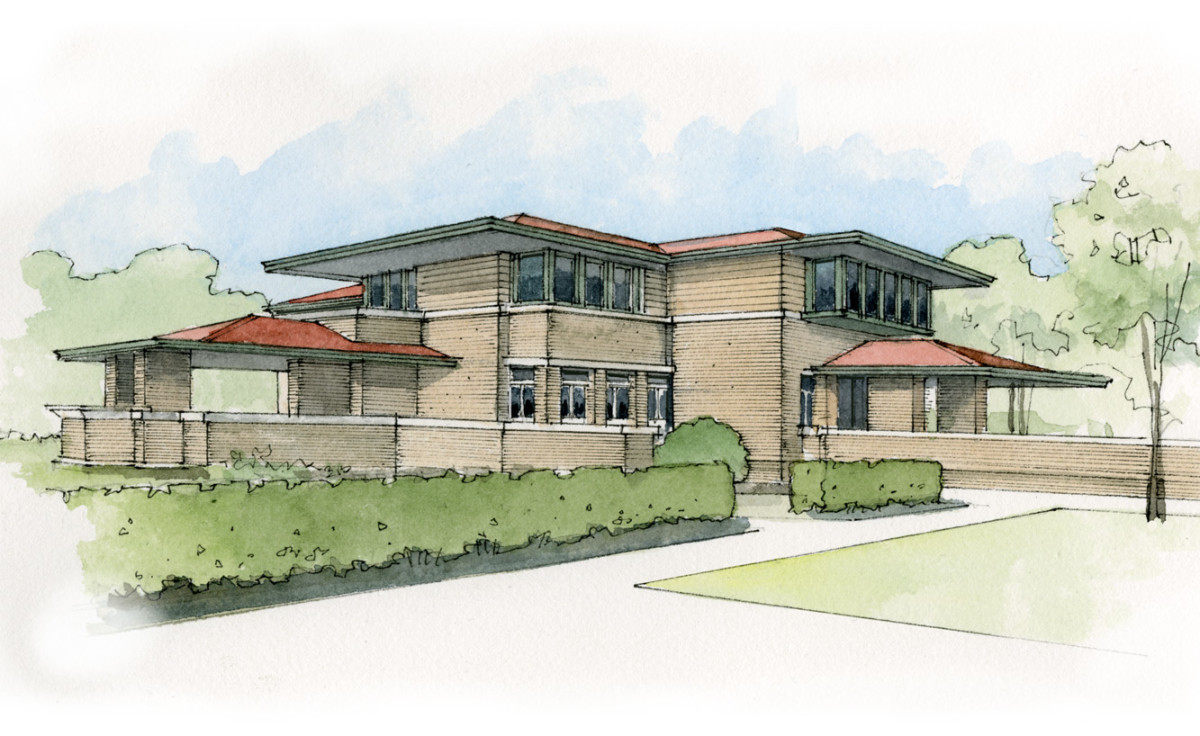Table Of Content
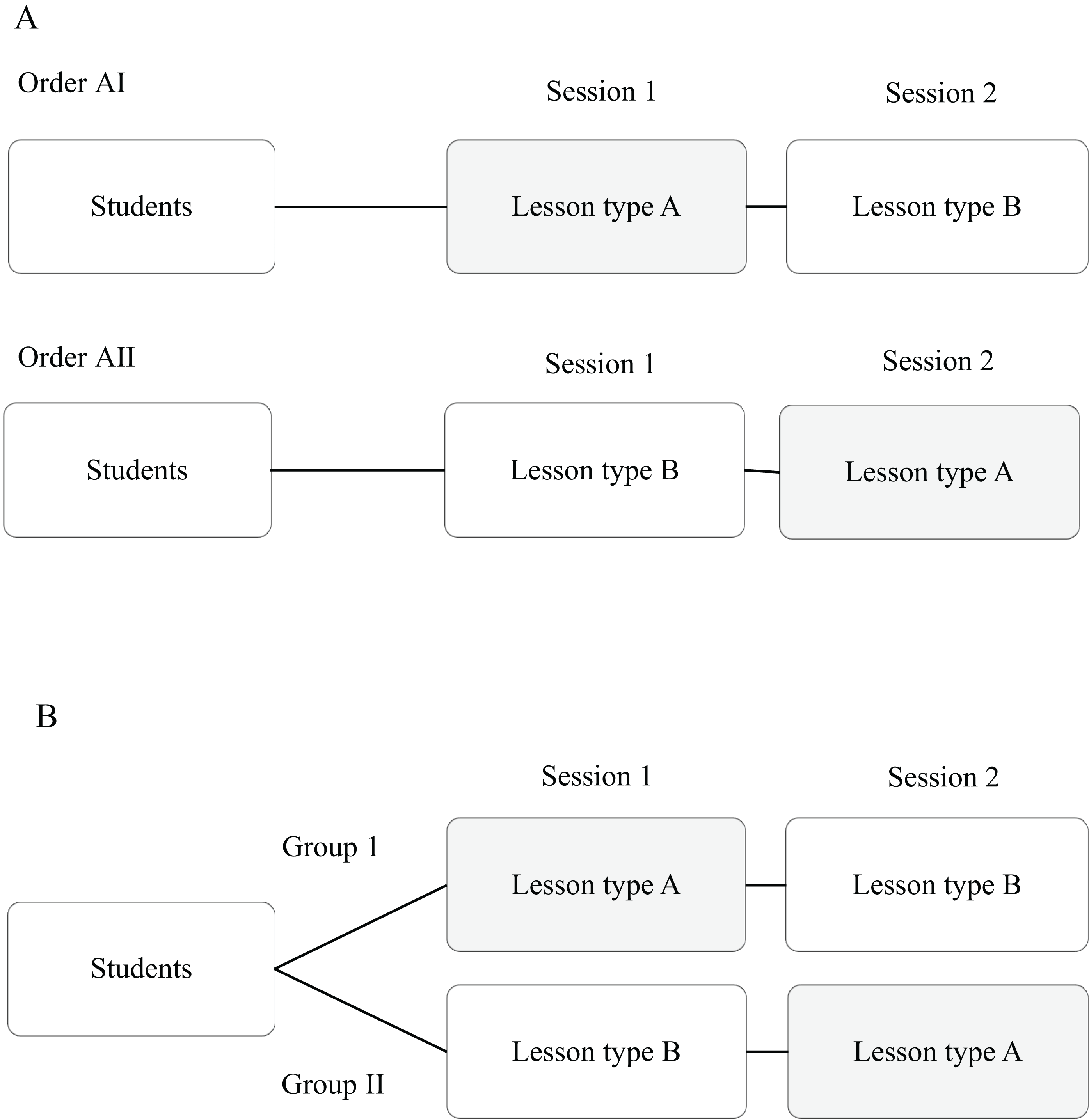
This may be a very risky thing to do in medical cases because it may lead to death or worse medical conditions. However, this may be influenced by factors like the natural sweetness of a student. For example, a very smart student will grab more easily than his or her peers irrespective of the method of teaching. If after the duration of the research, we find out that sample A grows and sample B dies, even though they are both regularly wetted and given the same treatment. Therefore, we can conclude that sunlight will aid growth in all similar plants. Imagine taking 2 samples of the same plant and exposing one of them to sunlight, while the other is kept away from sunlight.
True Experimental Research Design
Now, let's talk about a player who's a bit of an outsider on this team of experimental designs—the Non-Experimental Design. Think of this design as the commentator or the journalist who covers the game but doesn't actually play. This design's main selling point is its ability to explore interactions between variables. For instance, maybe a new study drug works really well for young people but not so great for older adults.
Experimental Design Methods
Also, did you know that experimental designs aren't just for scientists in labs? They're used by people in all sorts of jobs, like marketing, education, and even video game design! Yes, someone probably ran an experiment to figure out what makes a game super fun to play. Well, in the world of research, experimental design is like the roadmap that helps you find those clues. It's like the game plan in sports or the blueprint when you're building a house. Just like you wouldn't start building without a good blueprint, researchers won't start their studies without a strong experimental design.
Experimenter effects
They couldn't randomly assign kids to go or not go to preschool, but they could compare kids who did with kids who didn't. Alright, before we dive into the different types of experimental designs, let's get crystal clear on what experimental design actually is. In this article, we'll take you on a journey through the world of experimental designs. We'll talk about the different types, or "flavors," of experimental designs, where they're used, and even give you a peek into how they came to be.
- True experimental design
Like the previous one, this design also treats just one experimental group but takes two measures into account. This blog summarizes the concepts of cluster randomization, and the logistical and statistical considerations while designing a cluster randomized controlled trial. In a static group comparison, 2 or more groups are included in a study where only a group of participants is subjected to a new treatment and the other group of participants is held static.
'Good jobs' vs. 'jobs': Survey experiments can measure the effects of question wording – and more - Pew Research Center
'Good jobs' vs. 'jobs': Survey experiments can measure the effects of question wording – and more.
Posted: Tue, 29 Jan 2019 08:00:00 GMT [source]
Watson performed a very controversial experiment called The Little Albert experiment that helped describe behaviour through conditioning—in other words, how people learn to behave the way they do. This is when people like Francis Galton, an English polymath, started to get really systematic about experimentation. His work helped create the foundations for a more organized approach to experiments.
Experimental Design: Types, Examples & Methods
This can be used to reduce the complexity of the data and identify patterns in the data. Physiological measures involve measuring participants’ physiological responses, such as heart rate, blood pressure, or brain activity, using specialized equipment. These measures may be invasive or non-invasive, and may be administered in a laboratory or clinical setting. Behavioral measures involve measuring participants’ behavior directly, such as through reaction time tasks or performance tests. These measures may be administered using specialized equipment or software. This method involves observing and recording the behavior or phenomenon of interest in real time.
Companies often use this approach to figure out how different factors—like price, packaging, and advertising—affect sales. By studying multiple variables at once, they can find the best combination to boost profits. Multivariate Design has been a go-to method in psychology, economics, and social sciences since the latter half of the 20th century. With the advent of computers and advanced statistical software, analyzing multiple variables at once became a lot easier, and Multivariate Design soared in popularity.
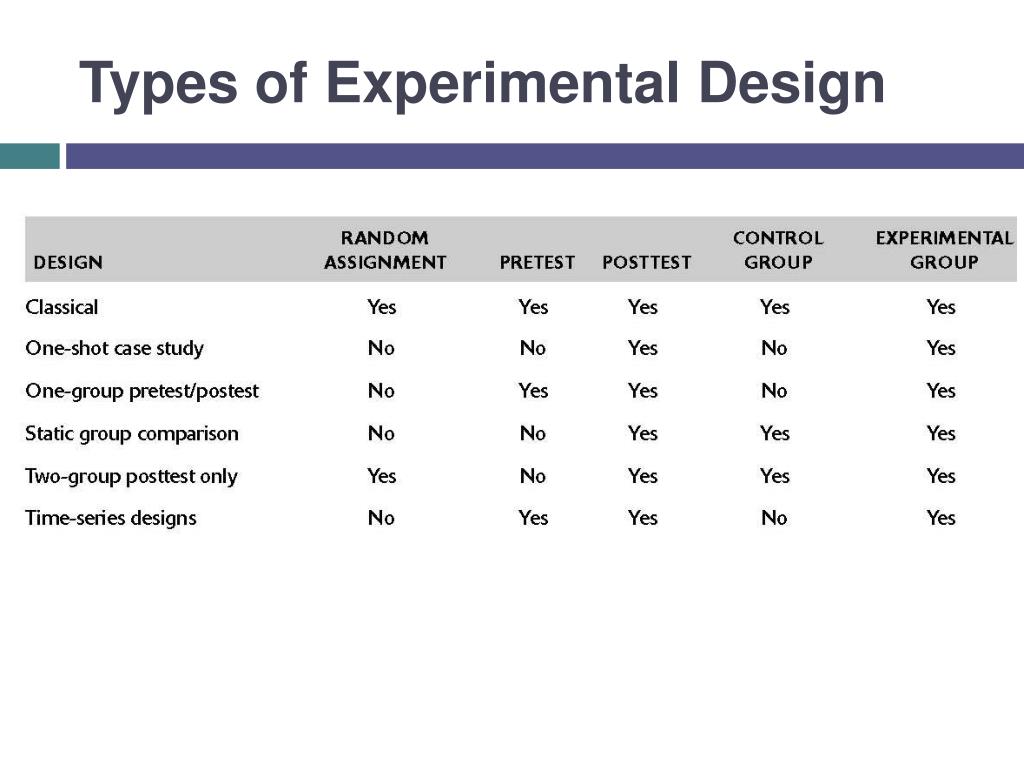
In order to make sure of this, they can test the medicine on different people or creatures in different dosages and in different frequencies. Whether you want to know how the public will react to a new product or if a certain food increases the chance of disease, experimental research is the best place to start. Begin your research by finding subjects using QuestionPro Audience and other tools today.
Researchers used them to scratch the surface of a topic, generate some initial data, and then decide if it's worth exploring further. In other words, pre-experimental designs were the stepping stones that led to more complex, thorough investigations. Experimental research design is a framework of protocols and procedures created to conduct experimental research with a scientific approach using two sets of variables. Herein, the first set of variables acts as a constant, used to measure the differences of the second set. The best example of experimental research methods is quantitative research.
Well, people can get tired or bored if they're tested too many times, which might affect how they respond. The strong point of Repeated Measures Design is that it's super focused. Because it uses the same subjects, you don't have to worry about differences between groups messing up your results. Time to meet the Repeated Measures Design, the time traveler of our research team. If this design were a player in a sports game, it would be the one who keeps revisiting past plays to figure out how to improve the next one.
Main concerns in experimental design include the establishment of validity, reliability, and replicability. For example, these concerns can be partially addressed by carefully choosing the independent variable, reducing the risk of measurement error, and ensuring that the documentation of the method is sufficiently detailed. Related concerns include achieving appropriate levels of statistical power and sensitivity.
Imagine wanting to know how people of different ages feel about a new video game. Instead of waiting for years to see how opinions change, you could just ask people of all ages what they think right now. Plus, keeping track of participants over many years can be like herding cats—difficult and full of surprises. So next time you read about a groundbreaking discovery in medicine or technology, chances are a True Experimental Design was the VIP behind the scenes, making sure everything was on point. It's been the go-to for rigorous scientific inquiry for nearly a century, and it's not stepping off the stage anytime soon. Around the same time, American psychologists like John B. Watson and B.F.
A Multivariate Design would help you understand how all these factors work together to determine whether you win or lose. A famous example is the research conducted to test the effectiveness of different public health interventions, like vaccination programs. Researchers might roll out a vaccination program in one community but not in another, then compare the rates of disease in both. Instead of selecting individual students, you'd introduce the program to a whole school or maybe even several schools, and then compare the results to schools without the program. This approach is especially common in educational and community-based research, and it's been gaining traction since the late 20th century.
